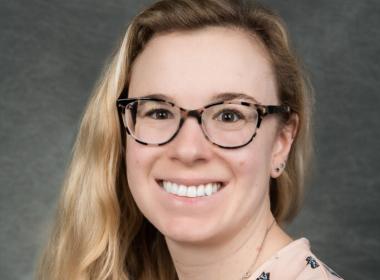
Article
Resilience Is Connection: Strong Relationships Create Strong Kids By Robert D. Keder, MD: Resilience is the ability to overcome serious stress or difficulty, and bounce back stronger than ever. In this series, Connecticut Children’s pediatric experts share keys to resilience, and tips to help your child be resilient. Research consistently shows that even in stressful





Article
First in Connecticut: Luna’s Story Technology that enables a devastating sports injury to heal itself? At Connecticut Children’s, it’s no longer beyond imagination. Connecticut Children’s recently became the first health system in Connecticut to use the BEAR® Implant to treat a torn anterior cruciate ligament (ACL